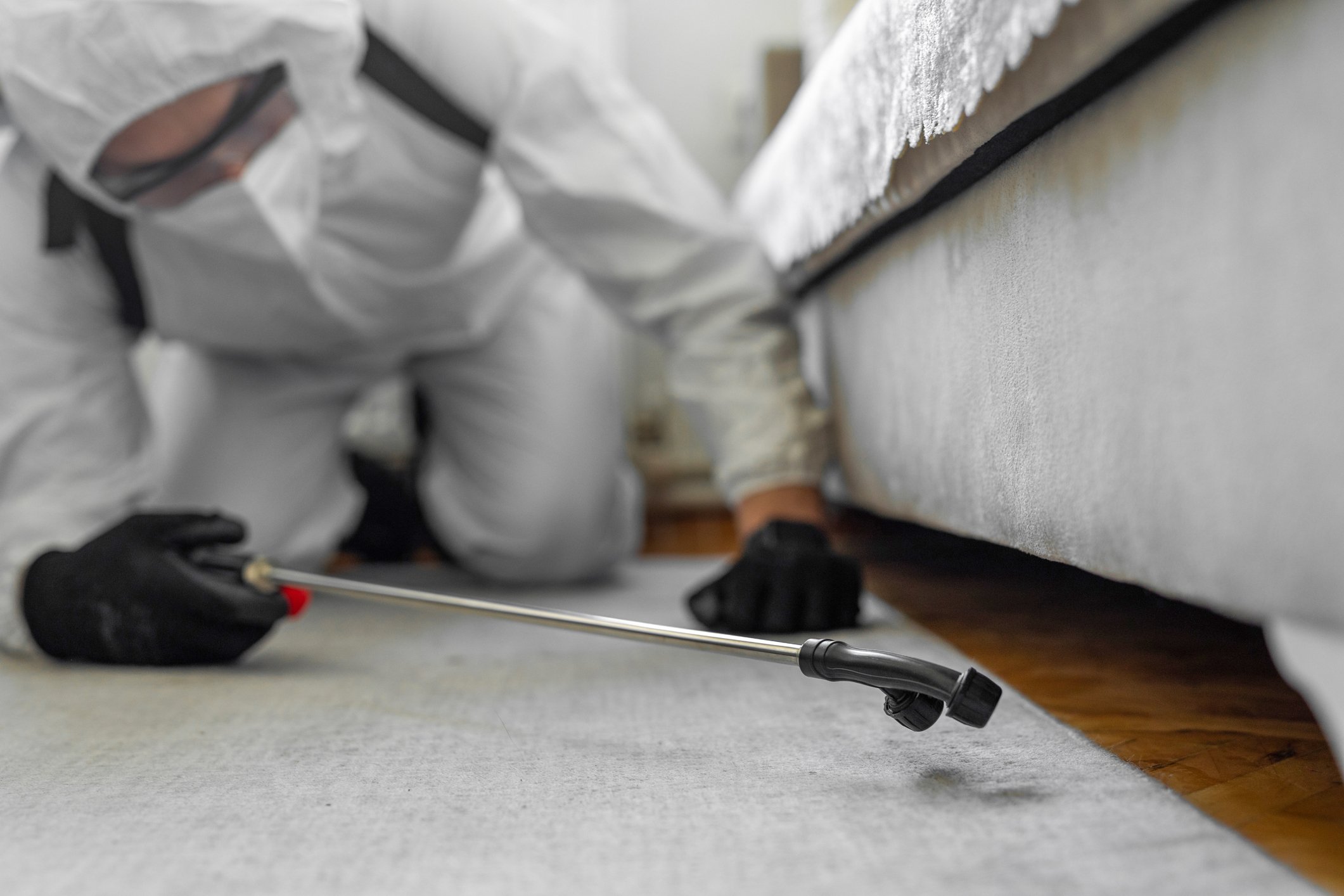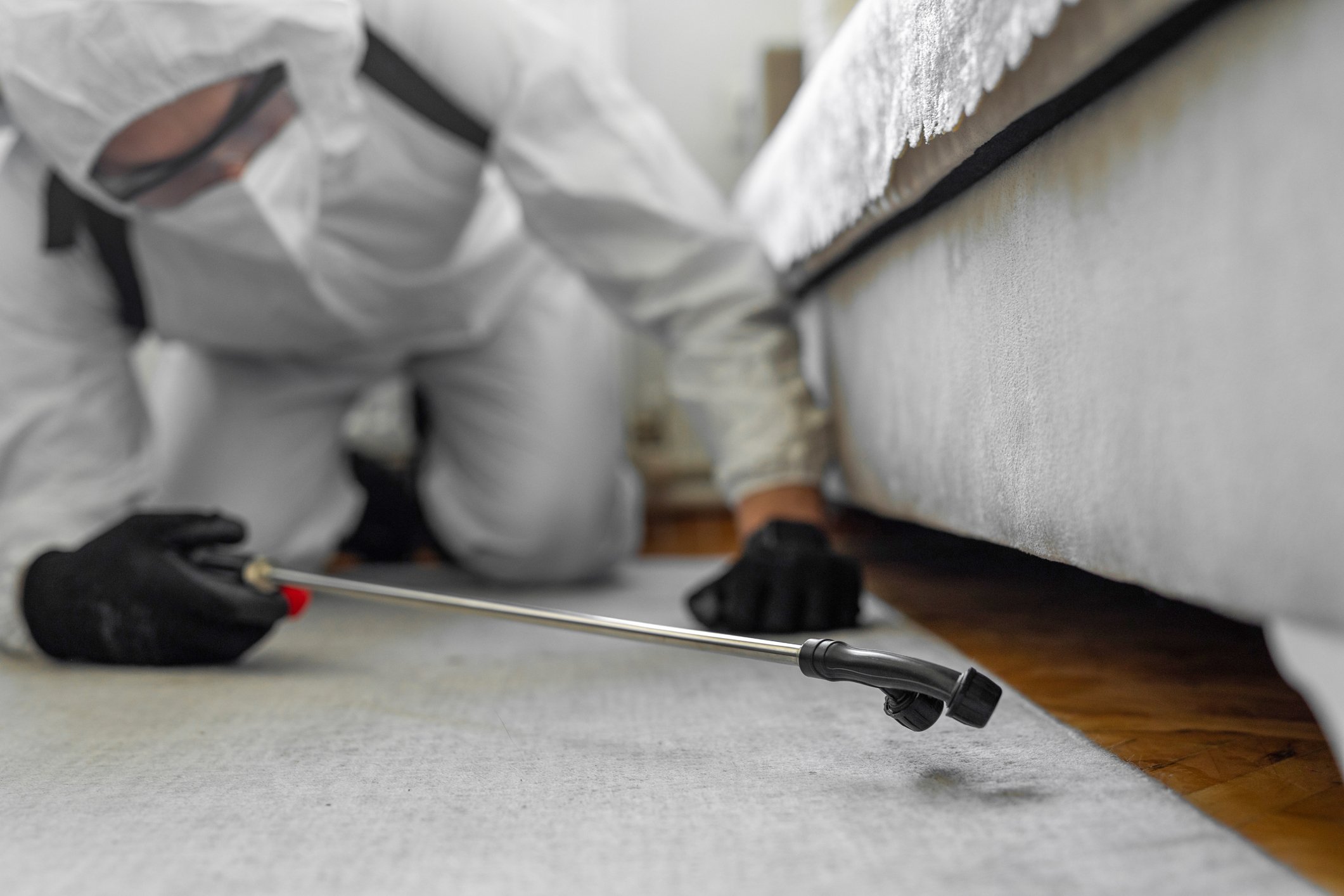Rollins (ROL +0.98%) missed analyst expectations for top- and bottom-line growth in the fourth quarter. Shares of the pest control leader are down about 3% since the news and off 13% from their 52-week high.
But Rollins doesn't provide guidance to Wall Street, so analysts are left to come up with their own estimates of how the bug killer will perform. That doesn't mean Rollins' performance is flawed, as much as the expectations of analysts were skewed. There is plenty of proof to back up that belief, and investors should take advantage of the opportunity.

Image source: Orkin.
A long winning streak
Rollins revenue rose 7.2% to $444.6 million, while net income of $51 million was 51% higher than the year-ago period. This marked the 51st consecutive quarter that Rollins has put up higher revenue and earnings numbers -- almost 13 continuous years of growth -- a feat few other companies can boast.
Moreover, although Rollins has been rolling up the pest control industry under its umbrella, helping contribute to the gains, most of its growth in the quarter came from increases in total organic revenue, which grew 5.3% in the period, the fastest organic growth rate for Rollins in over five years.
Rollins -- the owner of brands such as Orkin, Western Pest Services, and HomeTeam Pest Defense -- added five new companies to its portfolio in the fourth quarter, as well as a number of tuck-in acquisitions. But they only contributed 1.6% to revenue gains for the quarter. For the full year, Rollins added 38 new companies, and it looks to continue its growth-by-acquisition strategy.
The risks involved
If there's any risk with Rollins, it is in this plan to roll up the industry. It's often difficult to properly measure a company's financial performance because the base is constantly changing and acquisitions have a tendency to go awry at the wrong time. It's a strategy that works until it doesn't.
The pest control industry remains highly fragmented, populated with a few large firms and numerous small, family owned ones. Those are the ones Rollins is buying up, so the amount of money being committed to any one company is presumably relatively small (Rollins typically doesn't disclose the financial terms of its acquisitions).
For example, in the fourth quarter, Rollins acquired Clark Pest Control, a business founded over 50 years ago. And though it had grown to be the eighth largest pest control business in the U.S., annual revenue was $130 million. In contrast, Rollins' revenue was $1.67 billion that year, and it grew to $1.8 billion last year.
The probability of any one of the purchases going sideways and having a material impact on the overall business seems negligible.
Yet Rollins is not the only one playing the buy 'em all game. U.K.-based rival Rentokil has acquired 39 companies through the first three quarters of 2018, 34 of which are in pest control. ServiceMaster, the owner of the Terminix brand of pest control services, acquired seven companies through the first nine months of the year.
Check out the latest Rollinsearnings call transcript.
Paying up for quality
At 52 times trailing earnings, Rollins looks expensive, but it has a leadership position in the industry; steady growth prospects, such as expanding Orkin overseas; and a solid financial underpinning that makes it attractive. It also pays a dividend of $0.42 per share that currently yields a modest 1.1%.
Because Rollins can offer strong organic growth along with the gains it generates from acquisitions, the pullback in its share price is an opportunity for investors.







